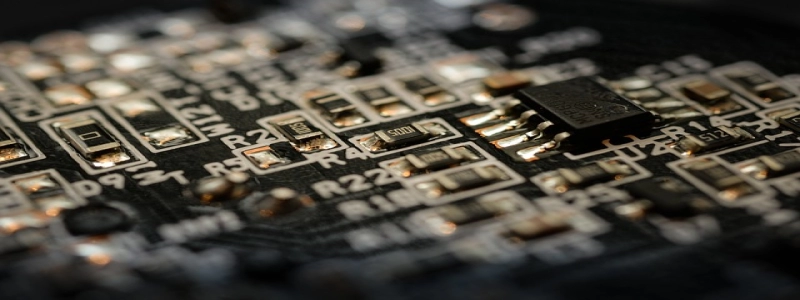2.5G Ethernet Port: Unlocking the Potential of High-Speed Connections
Einführung:
In recent years, the demand for faster internet connections has grown exponentially. As more and more devices are connected to the internet, traditional Ethernet ports are struggling to keep up with the increasing bandwidth requirements. This is where the 2.5G Ethernet port comes into play. In diesem Artikel, we will explore the capabilities of the 2.5G Ethernet port, its advantages over traditional ports, and its potential applications in the modern world.
1. What is a 2.5G Ethernet port?
1.1 Definition:
A 2.5G Ethernet port is a high-speed networking interface that provides a data transfer rate of 2.5 gigabits per second (Gbps). It is an upgrade from the traditional Ethernet ports, which typically offer speeds of 1Gbps or lower.
1.2 Technical Specifications:
The 2.5G Ethernet port utilizes the existing Cat5e and Cat6 cabling infrastructure, making it a cost-effective solution for upgrading network speeds without the need for rewiring. It operates on the Ethernet physical layer and supports auto-negotiation, allowing it to automatically adjust the speed depending on the connected device’s capabilities.
2. Advantages of 2.5G Ethernet:
2.1 Increased Bandwidth:
The 2.5G Ethernet port offers a significant boost in bandwidth compared to traditional ports. With its 2.5Gbps data transfer rate, it allows for faster and more efficient data transmission, enabling seamless streaming, online Spielen, and large file transfers.
2.2 Cost-efficient Upgrade:
One of the major advantages of the 2.5G Ethernet port is its compatibility with existing cabling infrastructure. This eliminates the need for expensive rewiring, making it a cost-effective option for upgrading network speeds. Zusätzlich, the 2.5G Ethernet port’s backward compatibility ensures that it can be used alongside older devices seamlessly.
2.3 Power-over-Ethernet (PoE) Unterstützung:
Many modern devices, such as IP cameras, wireless access points, and VoIP phones, require power to operate. The 2.5G Ethernet port supports Power Over Ethernet (PoE), which allows the same Ethernet cable to both transmit data and provide power to compatible devices. This simplifies installation and reduces cable clutter.
3. Applications of 2.5G Ethernet:
3.1 Home Networking:
With the increasing availability of high-bandwidth internet connections, home networking has become more demanding. The 2.5G Ethernet port enables households to enjoy smooth streaming of 4K videos, online gaming with minimal lag, and simultaneous device connectivity without compromising performance.
3.2 Small and Medium-sized Businesses:
Small and medium-sized businesses can benefit from the increased bandwidth offered by the 2.5G Ethernet port. It allows for faster data transfers, improved video conferencing experiences, and optimized network performance for multiple users.
3.3 Industrial and Healthcare Sector:
The industrial and healthcare sectors often require high-speed connections to support critical applications. The 2.5G Ethernet port’s ability to provide reliable and fast data transmission makes it ideal for these industries. It can support advanced monitoring systems, remote diagnostics, and real-time data analysis.
Abschluss:
The 2.5G Ethernet port bridges the gap between traditional Ethernet ports and the ever-increasing need for higher bandwidth. Its higher data transfer rate, cost-efficient upgrade, and compatibility with existing infrastructure make it a valuable solution for homes, businesses, and industries. As the demand for faster internet connections continues to rise, the 2.5G Ethernet port proves to be a vital component in unlocking the potential of high-speed connections.







